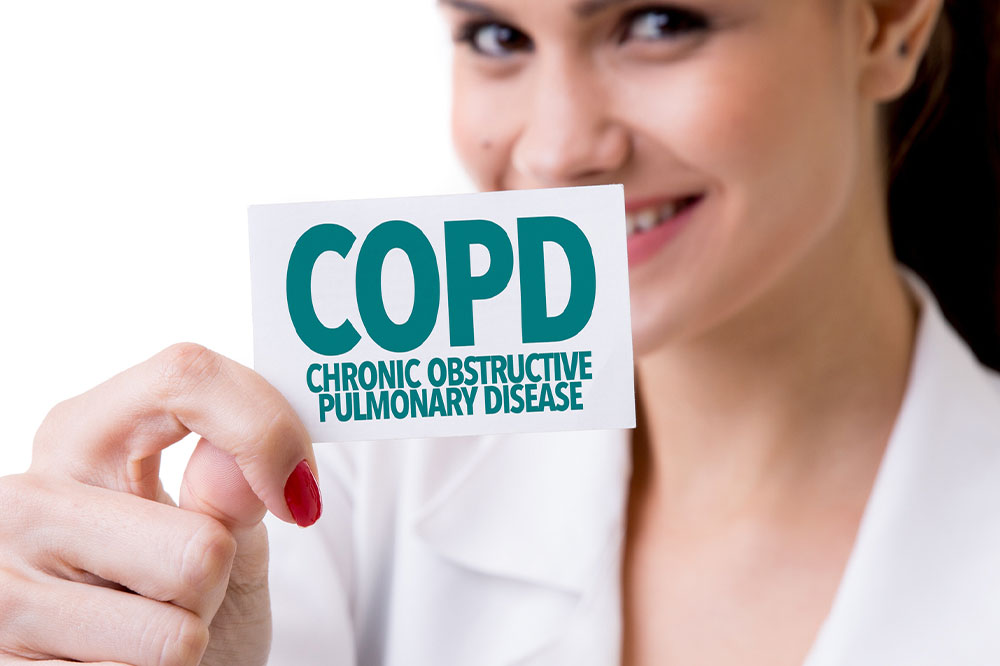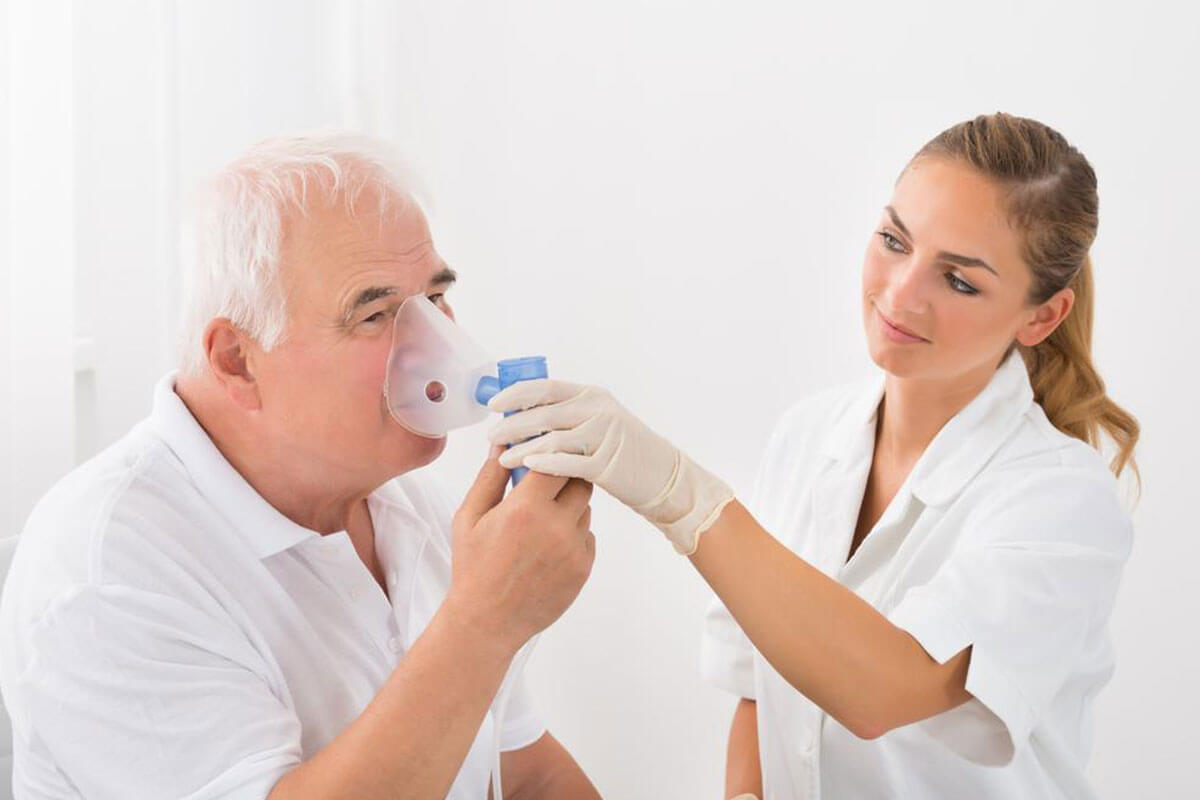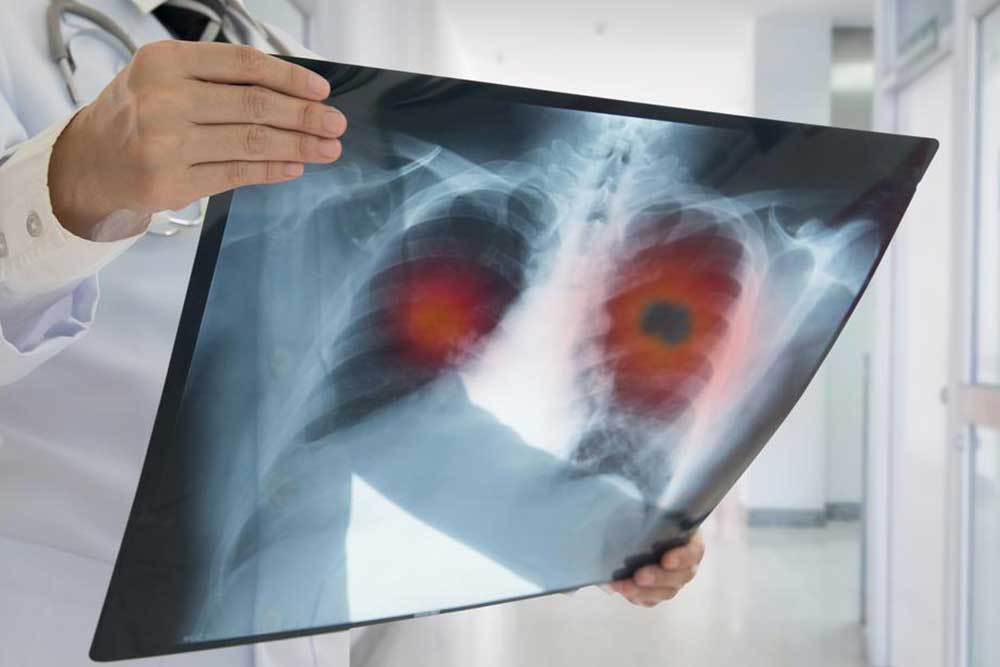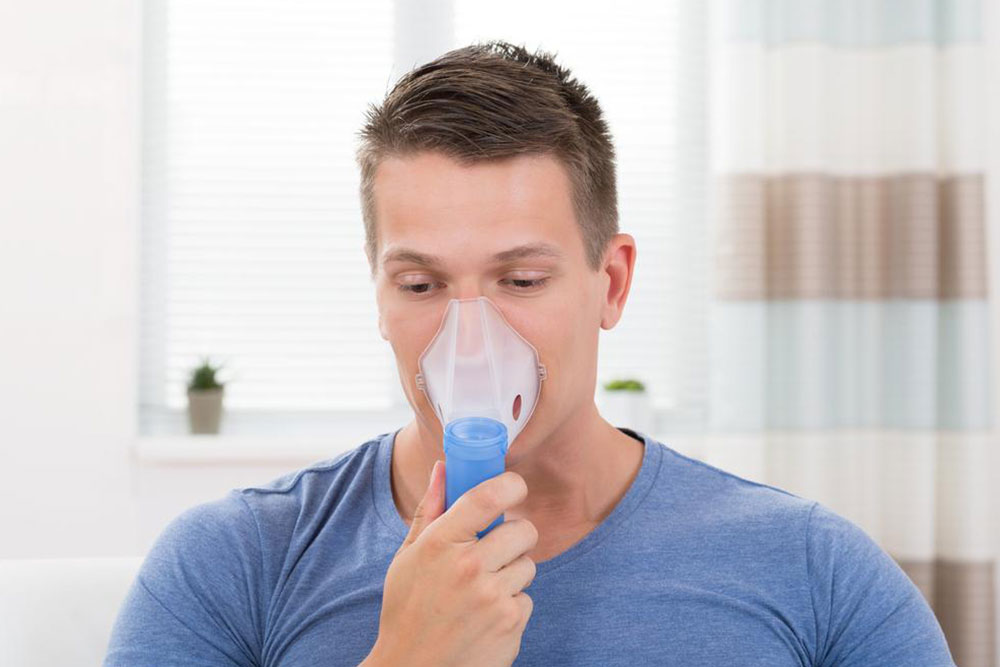Comprehensive Guide to Recognizing Symptoms and Managing Advanced COPD
This comprehensive article explains the key symptoms of advanced COPD and outlines effective strategies for managing the disease. It highlights signs like hypoxemia, cyanosis, and breathing difficulties, as well as potential complications. The guide offers insights into early recognition, treatment options, and quality-of-life improvements for patients facing severe COPD stages, emphasizing personalized care plans including oxygen therapy, medication, and lifestyle adjustments for optimal disease management.

Comprehensive Guide to Recognizing Symptoms and Managing Advanced COPD
Chronic Obstructive Pulmonary Disease (COPD) is a progressive lung disorder characterized by persistent airflow limitation that worsens over time. It includes conditions such as emphysema and chronic bronchitis, causing extensive damage to the lung tissues and airflow pathways. The primary function of the lungs is to facilitate gas exchange—absorbing oxygen into the bloodstream and expelling carbon dioxide. COPD hampers this essential process, leading to significant tissue damage that is, unfortunately, irreversible. Since there is no cure for COPD, the primary focus of medical management is on alleviating symptoms, preventing exacerbations, and improving patients' quality of life, especially as the disease advances.
Stage IV — Advanced COPD: Recognizing Critical Symptoms
The final, most severe stage of COPD presents a range of alarming symptoms that require immediate medical attention. In this stage, patients often experience critically low levels of oxygen in their blood (hypoxemia) and tissue hypoxia, which is a deficiency of oxygen in the body's tissues. One of the most visible signs of advanced COPD is skin discoloration—most notably, a bluish hue around the lips, face, and fingertips—resulting from severe oxygen deprivation known as cyanosis. This indicates that the body's tissues are not receiving enough oxygen, reflecting the severity of respiratory compromise. Recognizing these symptoms early can be lifesaving and help in managing the disease more effectively.
Advance in COPD severity is marked by increasingly persistent and severe respiratory difficulties. Patients may find themselves short of breath during minimal activity, such as walking short distances or even during rest, signaling significant airflow obstruction. Abnormal breath sounds like wheezing or crackles are common, indicating airway narrowing or inflammation. Daily routines, including dressing, eating, or simple household chores, become exhausting, emphasizing the decline in respiratory capacity. Additionally, a chronic cough accompanied by excessive phlegm production, wheezing, and fatigue are hallmark signs of ongoing lung deterioration. Other symptoms may include irregular heartbeat, elevated blood pressure, unintended weight loss, sleep disturbances such as insomnia or disrupted sleep patterns, and frequent exacerbations or flare-ups of symptoms. Recognizing these early signs can prompt timely medical intervention, which is crucial to managing the condition and improving the patient's quality of life.
The progression to advanced COPD also increases vulnerability to complications. Patients are at higher risk for respiratory infections like pneumonia and influenza, which can further compromise lung function. The emotional and psychological burden is substantial; many experience severe anxiety and depression, often leading to poor nutrition, social isolation, and cognitive decline, including difficulty concentrating, memory issues, and confusion. Perhaps most concerning is the risk of respiratory failure—a life-threatening condition where the lungs are unable to adequately oxygenate blood or remove carbon dioxide. This can lead to multiple organ failures if not managed promptly. The prognosis in advanced COPD varies depending on individual health, comorbidities, and adherence to treatment plans. Healthcare professionals often use comprehensive assessment tools, such as the BODE index—which considers body mass index, airflow obstruction, dyspnea severity, and exercise capacity—to estimate life expectancy. On average, patients with advanced COPD have an estimated survival time of around 5.8 years post-diagnosis, but this varies widely. To support these patients, a combination of palliative care, supplemental oxygen therapy, medication management, lifestyle modifications, and advanced therapies are employed to maintain as much normalcy and comfort as possible during disease progression. Tailored treatment plans are essential, focusing on symptom control, preventing exacerbations, and improving overall well-being.





